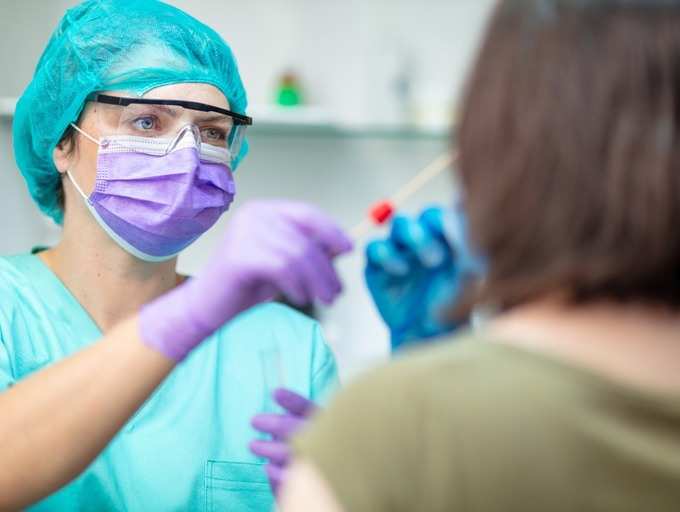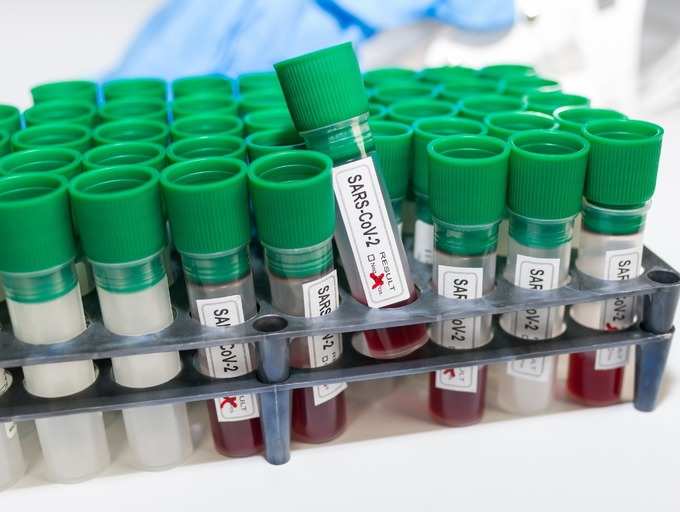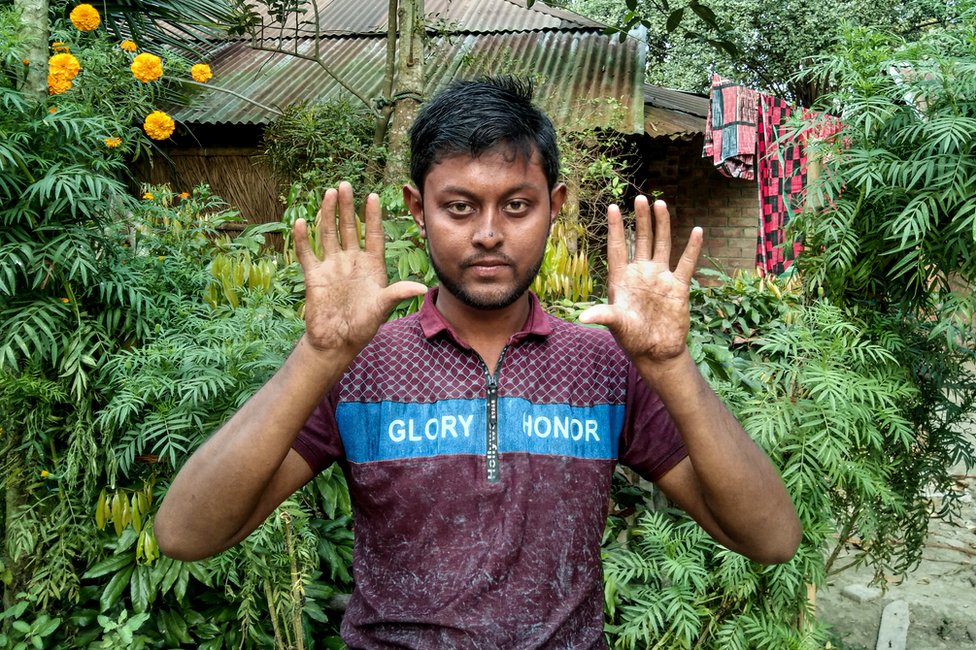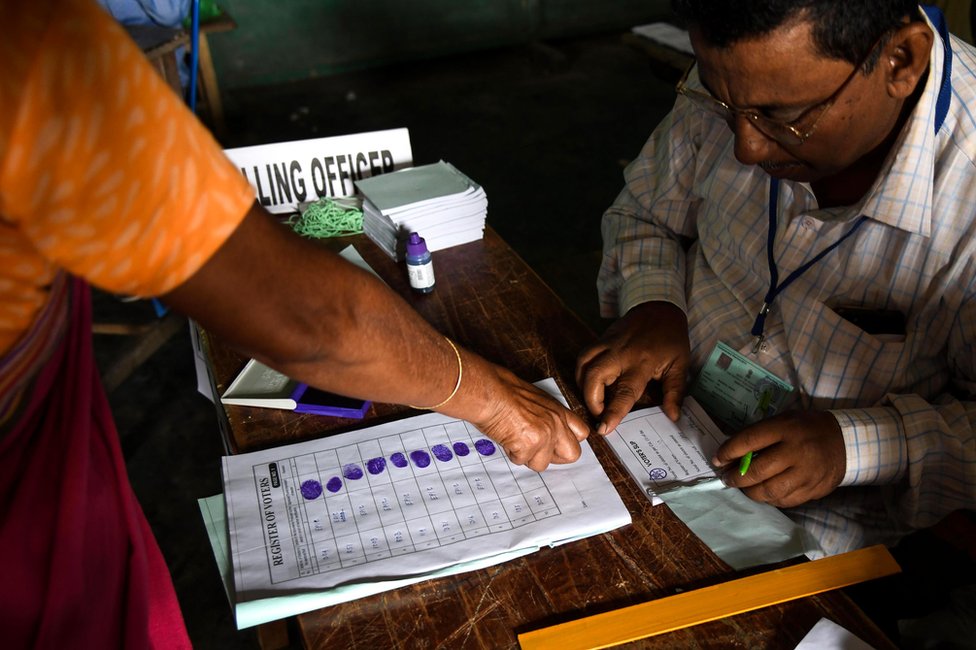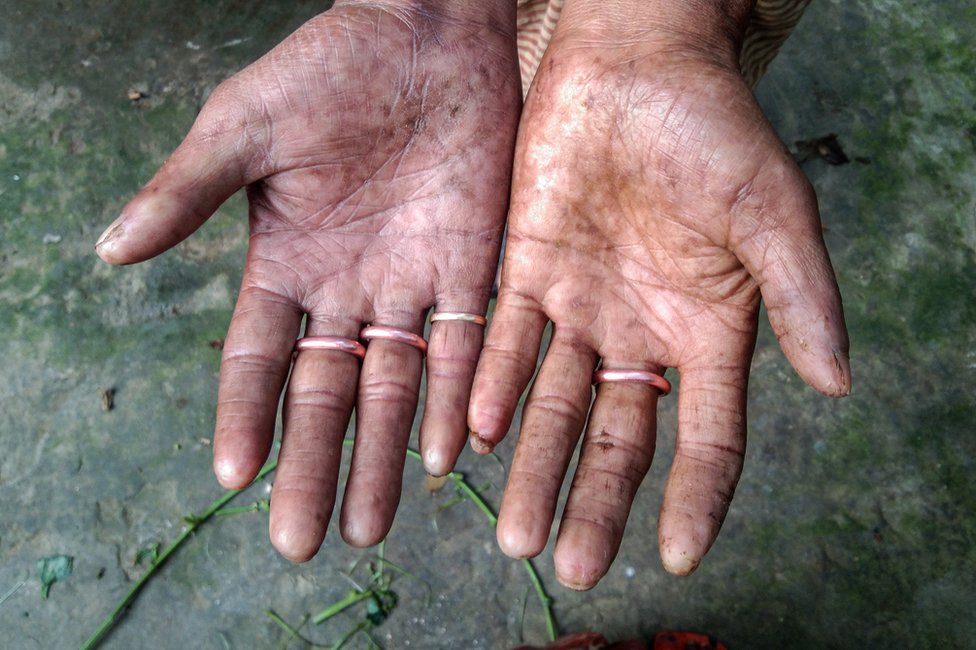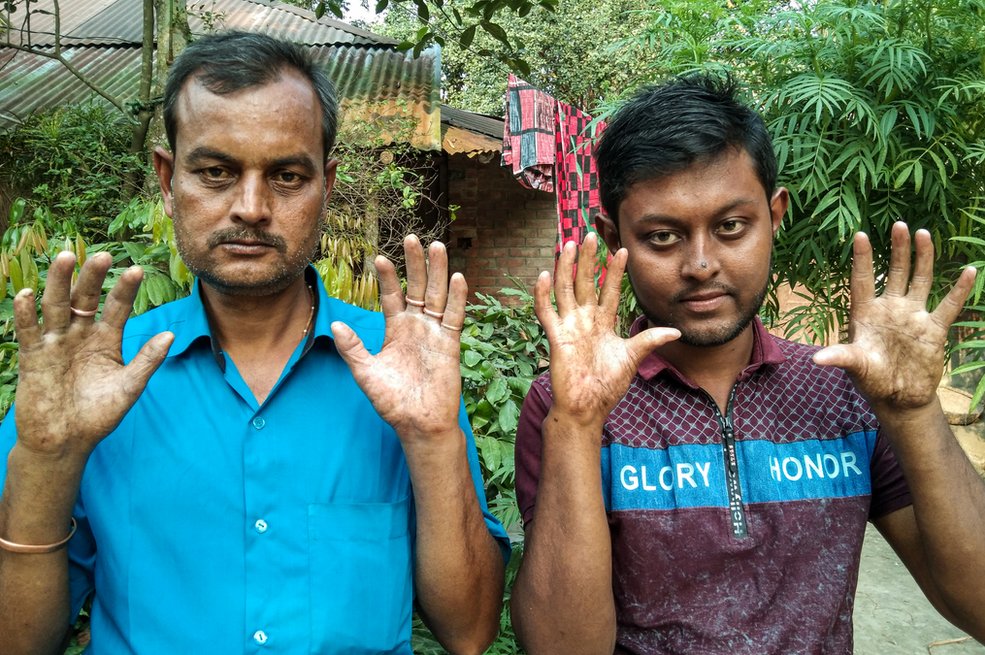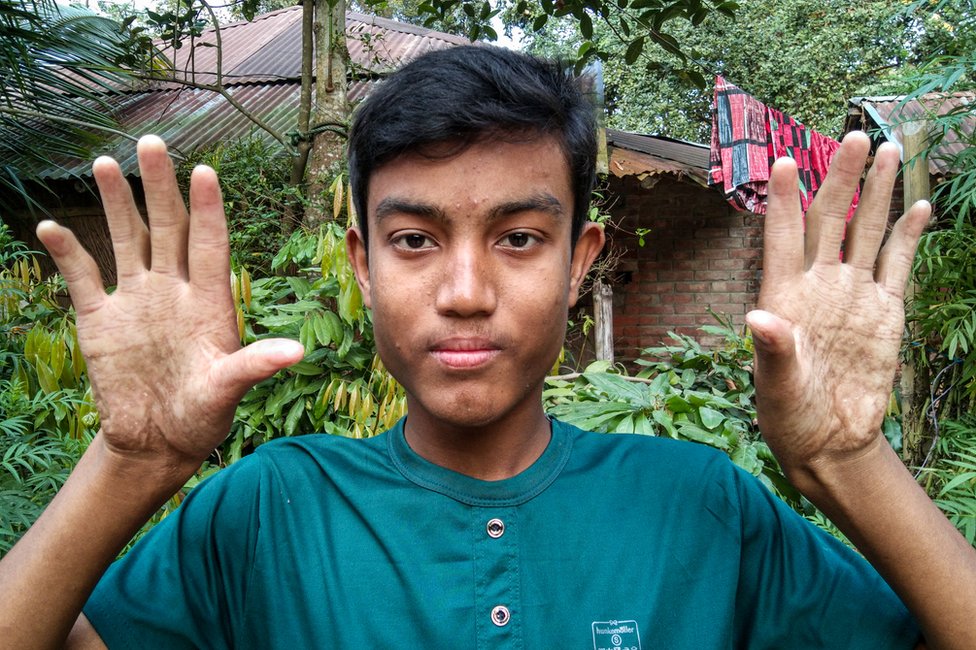NO AIR, NO PROBLEM for covid patients:--can we oxygenate blood out side body till lungs get ok
Extracorporeal Membrane Oxygenation (ECMO)
ECMO stands for extracorporeal membrane oxygenation. The ECMO machine is similar to the heart-lung by-pass machine used in open-heart surgery. It pumps and oxygenates a patient's blood outside the body, allowing the heart and lungs to rest..............................................................................................
We Didn’t Evolve for This
A lesson from the animal kingdom on why COVID-19 is so deadly to humans.
When a Weddell seal, native to Antarctica, plummets 400 meters beneath the ice on one of its hour-long dives, an ensemble of adaptations come together to keep it alive. The seal’s heart rate slows. At this pace, it will burn through its deep reserve of oxygen—provided by extra-large volumes of blood and hemoglobin—more slowly. The seal’s muscles free massive stores of trapped oxygen from another protein, called myoglobin. If oxygen levels become deficient in its tissues, causing hypoxia, cells can use the high levels of the sugar glycogen stored in its heart and brain to begin anaerobic metabolism, creating energy without oxygen. The seal’s extra-large liver also holds its own store of oxygen-rich red blood cells, like a backup scuba tank. And as oxygen levels plummet well below levels that would leave a human diver unconscious, fine control of the veins that oxygenate the seal’s brain cells allow it to swim on unaffected. Together, these systems ensure that the seal survives these intensely hypoxic events again and again, dive after dive, for the many decades of its life.
For
the past year, humans all over the world have been facing an intensely
hypoxic event of their own: COVID-19. The difference? The human body was
never built to survive such extreme oxygen restrictions. That fact
becomes especially stark when you compare humans to diving marine
mammals.
That is what researchers did in a new paper published in Comparative Biochemistry and Physiology.1 They examined what the extraordinary diving abilities of marine mammals could reveal about what humans face when they contract SARS-CoV-2. The answer they found was, overall, grim: The human body has virtually none of the safeguards that protect a marine mammal when oxygen levels get low.
“Marine mammals have shown us that it takes a lot of coordination, from a lot of tissues, to provide all of that protection in an extreme situation,” said co-author Terrie Williams, a professor at the University of California, Santa Cruz. “And the only thing that we humans can do is make sure that we’re not going to be in a situation where oxygen becomes compromising. Unfortunately, that is exactly what this disease does.”
The human body was never built to survive such extreme oxygen restrictions.
The
ways that COVID-19 robs human tissues of oxygen is one of its defining
characteristics. The virus invades the lining of the lungs, including
the alveoli, tiny air sacs that capture oxygen from each breath and
quickly pass it into the bloodstream. As the immune system tries to fight off the virus,
the lungs and those air sacs become inflamed and fill with fluid,
crippling their ability to transport oxygen into the blood. A recent
study of patients critically ill from COVID-19 suggests that respiratory
failure due to the virus “can be managed similarly to hypoxic
respiratory failure” caused by other diseases.2
Many COVID-19 patients also experience abnormal blood clotting, something that scientists and doctors still struggle to explain.3 This clotting can be serious enough to block oxygen from reaching the brain, causing ischemic stroke.4 Brain and heart cells, unlike other kinds of cells, can survive only minutes starved of oxygen before they die.
This cascade of hypoxia reminded Williams—who studies the physiology of both diving mammals and human athletes—of the ways that marine mammals had previously illuminated human health issues. Her research into the hearts of bottlenose dolphins and Weddell seals helped explain a spate of sudden deaths among triathletes as they entered the water at the start of a race: The sudden slap of cold water triggered an instinctive slowing of their hearts, just as they sped up for exercise.5 These findings helped change the format of some races.
On the Origin of Celebrity
I had such fun the other evening. LeBron James, Anne Hathaway, J.K. Rowling, and I had gone ice skating in Central Park. My dear friend Koko the sign-language gorilla was there, ice-dancing with Ryan Gosling, who is always good for...READ MORE
When it comes to COVID-19, however, applying the lessons of deep-diving mammals is not quite as simple. “Marine mammals are this wonderful model, because they live a life that to us just seems like a continuous physiological assault,” says Chris McKnight, a research fellow in comparative anatomy at the Scottish Oceans Institute of St. Andrews University, who was not involved in the paper. “But that comes with its complexity. They’ve had quite a long time to develop those optimal evolutionary traits.”
Even so, some researchers are looking into how those traits evolved to develop treatments. In particular, McKnight pointed to research going on at Duke University’s Cancer Institute. Duke scientists are studying why marine mammals don’t show inflammation in their lungs and other organs when denied oxygen. This protects them from the troubles that human COVID-19 patients have in transporting oxygen to the blood.
Jason Somarelli, an assistant professor at Duke and researcher on this project, explained in an email that his team is studying whether whales may have lost some genes through evolution that allow them to decouple hypoxia and inflammation. If that’s right, it might be possible to one day develop a drug that could artificially turn the same genes off in humans.
“It’s all possible, but part of getting the translation into treatment right is to encourage the biomedical community to pick up the idea that marine mammals may hold keys,” McKnight said. “I wouldn’t imagine there are a huge amount of human biomedical folks whose first stop would be marine mammals as a good place to look.”
To Williams, the lesson from marine mammals is one of caution: They show us just how much evolutionary protection is needed to protect the body from hypoxia, and how few concomitant safeguards humans have. She sees her paper as another way of flagging just how vital it is that people avoid contracting COVID-19 in the first place.
Claudia Geib is a science journalist and editor based on Cape Cod. Her work covers marine and environmental science, wildlife, and how humans connect with the natural world.
References
1. Williams, T.M. & Davis, R.W. Physiological resiliency in diving mammals: Insights on hypoxia protection using the Krogh principle to understand COVID-19 symptoms. Comparative Biochemistry and Physiology 253, 110849 (2020).
2. Hernandez-Romieu, A.C., et al. Timing of intubation and mortality among critically ill coronavirus disease patients: A single-center cohort study. Critical Care Medicine 48, e1045-e1053 (2020).
3. Galiatsatos, P. & Brodsky, R. What does COVID do to your blood? Hopkinsmedicine.org (2020).
4. Szelenberger, R., Saluk-Bijak, J., & Bijak, M. Ischemic stroke among the symptoms caused by the COVID-19 infection. Journal of Clinical Medicine 9, 2688 (2020).
5. Williams, T.M., et al. Exercise at depth alters bradycardia and incidence of cardiac anomalies in deep-diving marine mammals. Nature Communications 6, 6055 (2015).
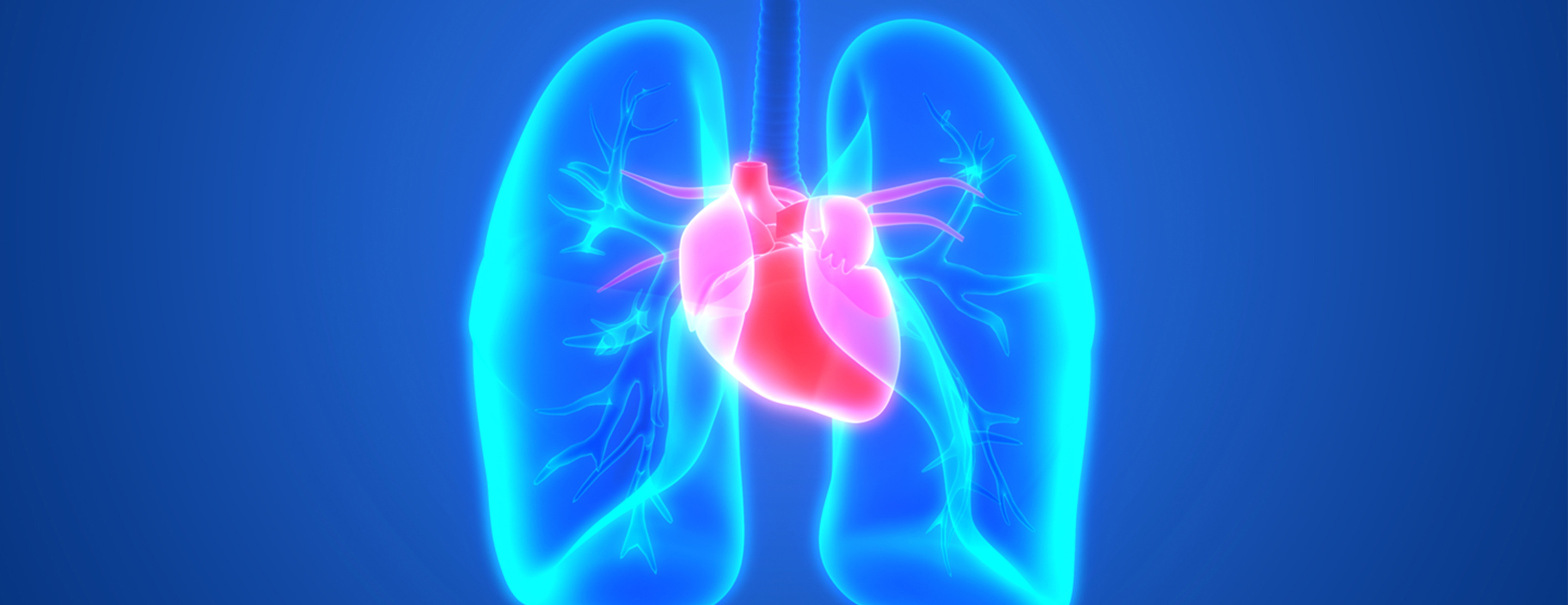
Extracorporeal Membrane Oxygenation (ECMO)
ECMO stands for extracorporeal membrane oxygenation. The ECMO machine is similar to the heart-lung by-pass machine used in open-heart surgery. It pumps and oxygenates a patient's blood outside the body, allowing the heart and lungs to rest. When you are connected to an ECMO, blood flows through tubing to an artificial lung in the machine that adds oxygen and takes out carbon dioxide; then the blood is warmed to body temperature and pumped back into your body.
There are two types of ECMO. The VA ECMO is connected to both a vein and an artery and is used when there are problems with both the heart and lungs. The VV ECMO is connected to one or more veins, usually near the heart, and is used when the problem is only in the lungs.
USCF is also now using a smaller portable ECMO device that is light enough to be carried by one person and can be transported in an ambulance or helicopter, making it possible to provide ECMO relief in emergency cases.
When is ECMO used:
- For patients recovering from heart failure, or lung failure or heart surgery.
- As a bridge option to further treatment, when doctors want to assess the state of other organs such as the kidneys or brain before performing heart or lung surgery.
- For support during high-risk procedures in the cardiac catheterization lab.
- As a bridge to a heart assist device, such as left ventricular assist device (LVAD).
- As a bridge for patients awaiting lung transplant. The ECMO helps keep tissues well oxygenated, which makes the patient a better candidate for transplant.
Procedure
Being placed on ECMO requires a surgical procedure but it is usually done in a patient's room. The patient is sedated and given pain medication and an anti-coagulant to minimize blood clotting. A surgeon, assisted by an operating room team, inserts the ECMO catheters into either an artery or veins. An x-ray is then taken to ensure the tubes are in the right place. Usually a patient on the ECMO pump will also be on a ventilator, which helps the lungs to heal. While on ECMO, the patient will be monitored by specially trained nurses and respiratory therapists, as well as the surgeon and surgical team. Since you will be sedated and have a breathing tube in place, supplemental nutrition will be provided either intravenously or though a nasal-gastric tube. Nutrition is delivered either intravenously or though a nasal-gastric tube
While on ECMO, you may be given certain medications including: heparin to prevent blood clots; antibiotics to prevent infections; sedatives to minimize movement and improve sleep; diuretics to help the kidney get rid of fluids; electrolytes to maintain the proper balance of salts and sugars; and blood products to replace blood loss. Discontinuing ECMO requires a surgical procedure to remove the tubes. Multiple tests are usually done prior to the discontinuation of ECMO therapy to confirm that your heart and lungs are ready. Once the ECMO cannulas are removed, the vessels will need to be repaired. This can be done either at the bedside or in the operating room. The doctor will use small stitches to close the spot where the tubes were placed. You will be asleep and monitored for this process. Even though you are off the ECMO, you may still need to be on a ventilator.
Risks
ECMO does carry risks including:
- Bleeding, due to the medication that's given to prevent blood from clotting in the tubing.
- Infection at the sites where the tubes enter the body.
- Transfusion problems, since a person on ECMO is given blood products.
- Small clots or air bubbles forming in the tubing.
- Increased chance of stroke.
UCSF Health medical specialists have reviewed this information. It is for educational purposes only and is not intended to replace the advice of your doctor or other health care provider. We encourage you to discuss any questions or concerns you may have with your provider.







